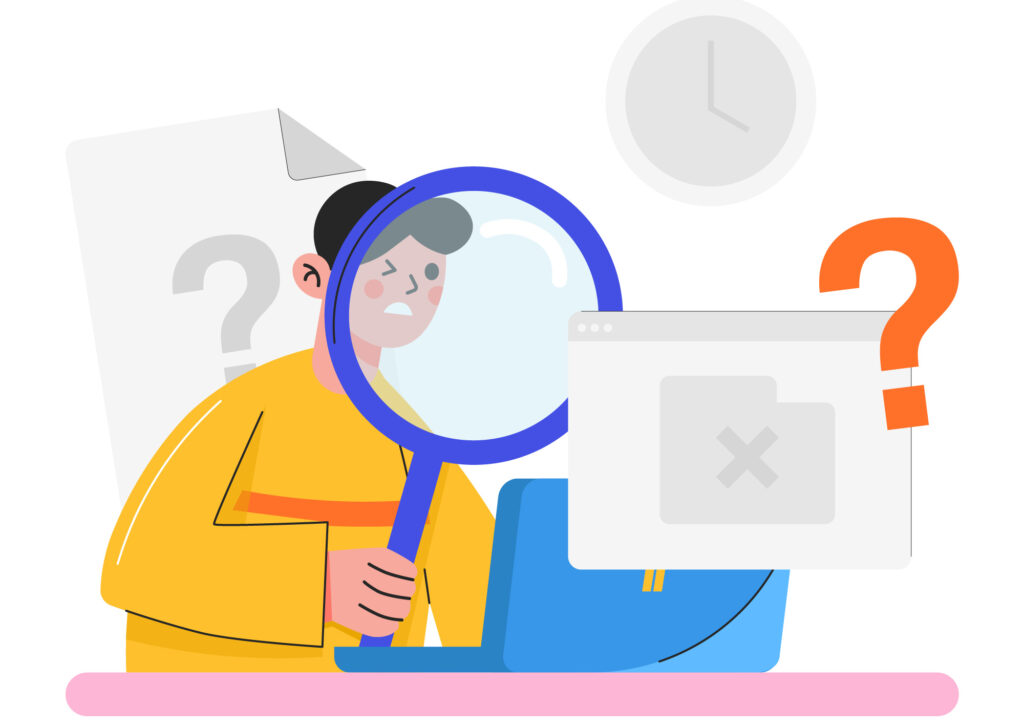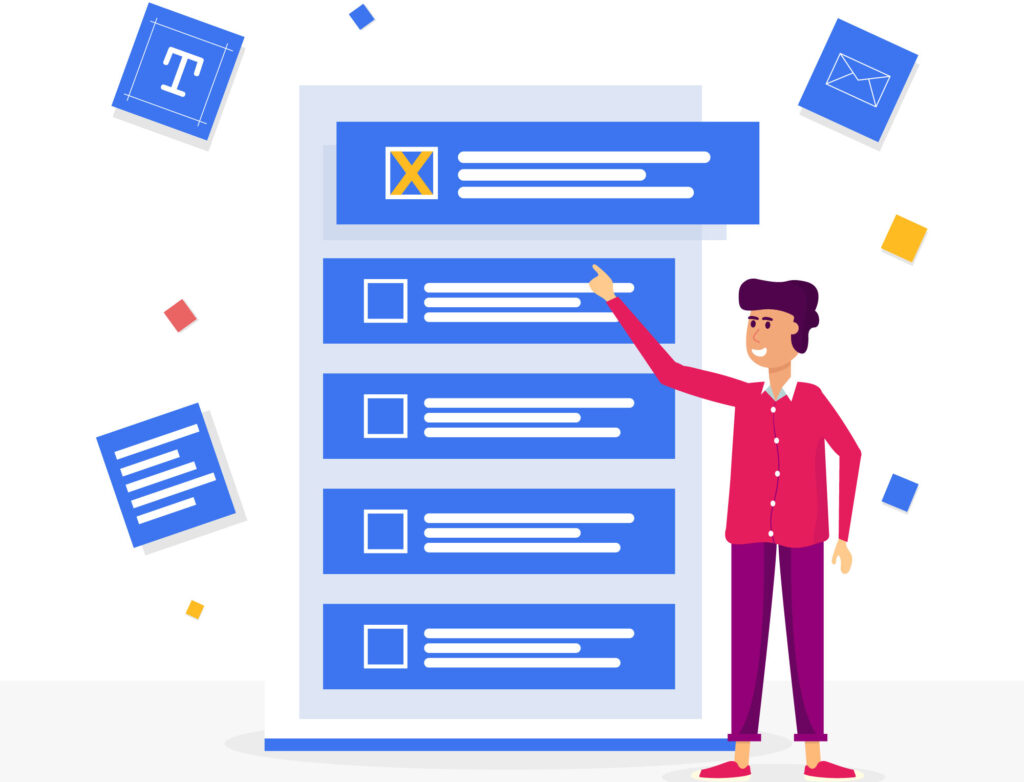Understanding “My Activity History”
“My activity history” refers to the record of actions you take across devices, apps, and online platforms. This history can include websites you visit, searches you perform, videos you watch, apps you use, and even your location data. Technology companies like Google, Microsoft, Facebook, and others keep this information to improve services, personalize your experience, and show relevant recommendations.
In today’s connected world, knowing how to view and control your activity history is essential for protecting your privacy and managing your online presence.

Why Your Activity History Matters
Your activity history is more than just a log of what you’ve done online—it’s a detailed Digital footprint that can reveal your habits, preferences, and routines. This data can be useful, as it helps services offer tailored recommendations, autofill search results, and remember your preferences. However, it can also raise privacy concerns if you are not aware of what is being stored and who can access it.
By understanding and managing your activity history, you can take control of your data and decide what you want to keep, delete, or pause.
Viewing Your Google Activity History
If you use Google services like Search, YouTube, or Maps, you can view your full history through the Google My Activity page. To check it:
- Go to myactivity.google.com and sign in with your Google account.
- You’ll see a timeline of your searches, videos watched, locations visited, and more.
- Use filters to view your history by date or product (such as YouTube, Chrome, or Maps).
Google allows you to delete individual items, a specific day’s activity, or your entire history at once. You can also set up auto‑deletion so that older activity is erased automatically after 3, 18, or 36 months.

Managing Microsoft Activity History
If you use Windows 10 or Windows 11, Microsoft collects activity history to help you resume tasks across devices. This may include websites you visit in Microsoft Edge, apps you open, and documents you work on.
To manage this:
- Open Settings > Privacy & security > Activity history.
- View and clear your activity history stored on your device.
- Log in to your Microsoft account through the privacy dashboard at account.microsoft.com/privacy, where you can review and remove any activity history saved online.
Turning off the activity history option will prevent further data collection, but it won’t delete records—you’ll need to do that manually.
Facebook and Social Media Activity History
Social media platforms like Facebook also store your activity, from posts and comments to pages you’ve liked and videos you’ve watched. To view your Facebook activity log:
- Open Facebook and go to your Profile.
- Click the three dots and select Activity Log.
- Browse through your history by year or category.
From here, you can delete old posts, unlike pages, and remove unwanted interactions. Similar tools exist on Instagram, TikTok, and Twitter (X), allowing you to review and manage your past activity.

Benefits of Keeping Activity History
While some people prefer to clear their history regularly, there are benefits to keeping it. Activity history can help you quickly revisit useful websites, resume paused videos, recover forgotten search queries, and receive more accurate recommendations. For example, YouTube’s recommendations improve when it remembers the kind of content you watch, and Google Maps becomes more efficient when it remembers your frequently visited places.
Privacy Risks of Storing Activity History
The main downside of storing your activity history is the potential privacy risk. If someone gains access to your account, they could view sensitive information about your browsing habits, locations, or personal communications. Additionally, in some cases, stored history may be used for targeted advertising or even shared with third‑party partners.
That’s why it’s important to regularly review your activity history, secure your accounts with strong passwords and two‑factor authentication, and delete anything you don’t want stored.
How to Clear Your Activity History Across Platforms
Clearing your activity history can be done manually or automatically, depending on the platform:
- Google – Use My Activity to delete individual items, a day’s history, or your entire activity log. Enable auto‑deletion for future privacy.
- Microsoft – Erase your activity history directly from your device or by accessing the privacy dashboard in your Microsoft account.
- Facebook and Instagram – Access the Activity Log to review your actions and delete any posts or interactions you no longer want visible.
- Browsers – Clear browsing history, cookies, and cache from Chrome, Edge, or Firefox.
Regularly clearing history not only protects your privacy but can also speed up devices and free up storage.
Using Incognito or Private Mode to Limit Activity History
If you don’t want certain activities saved in your history, using private browsing or incognito mode is an effective option. In this mode, your browser won’t store visited websites, cookies, or search history locally. However, your online actions may still be visible to your internet service provider, your workplace network administrator, or the websites you access.

Setting Up Auto‑Deletion and Privacy Controls
Many platforms now offer privacy controls that allow you to automatically delete your activity after a set period. Google, for example, lets you choose between 3, 18, or 36 months. Facebook provides tools to bulk‑remove older posts, while Microsoft includes features that let you clear stored data across all connected devices.
By enabling auto‑deletion, you reduce the amount of personal information stored over time without having to manually clear it yourself.
Why You Should Regularly Review Your Activity History
Checking your activity history periodically is a good habit. It helps you spot unusual activity that could indicate unauthorized access to your account, reminds you of older data you may want to remove, and ensures your stored information matches your privacy preferences.
This regular review also makes your digital footprint cleaner, reducing unnecessary clutter and potential risks.
Final Thoughts
Your activity history is a valuable tool for improving your online experience, but it also holds sensitive personal data. By knowing how to view, manage, and control it across different platforms, you can strike the right balance between convenience and privacy. Whether you choose to keep it for personalization or clear it for security, the power to control your digital footprint is in your hands.
Also Read: Nissan GTR Nismo – Power, Performance, and the Legacy of a Supercar




One thought on “My Activity History – How to View, Manage, and Control Your Digital Footprint”
Comments are closed.